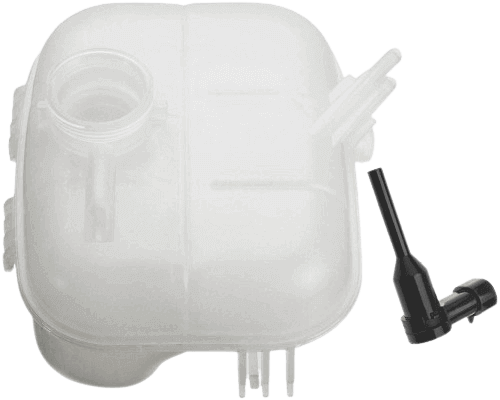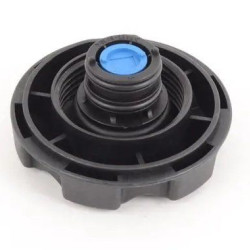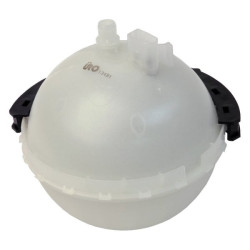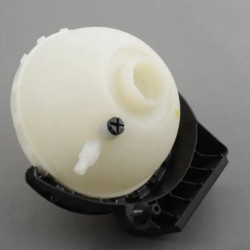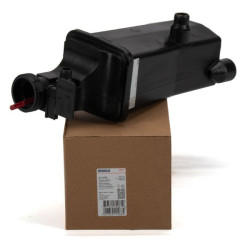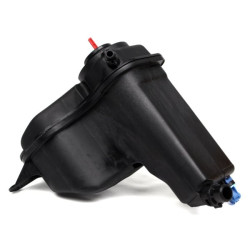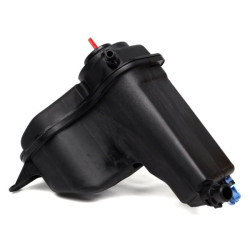BMW Radiator Water Tank
The BMW Radiator Water Tank is an active storage area for the engine's coolant in the vehicle's engine compartment.
BMW Radiator Water Tank: Features and Historical Development
The BMW radiator water tank is an important component of the engine cooling system. This tank is designed to maintain the coolant at the correct level and prevent the engine from overheating. The BMW radiator water tank is manufactured to provide high performance and durability. In this article, we will examine the features and historical development of the BMW radiator water tank.
Features of the Radiator Water Tank
BMW radiator water tanks are equipped with various features to ensure the efficient operation of the engine cooling system. Here are some key features of these tanks:
High Durability: BMW radiator water tanks are made from high-quality plastic or composite materials. These materials ensure the leak-proof integrity of the liquid inside the tank even under high pressure and temperatures.
Transparent Design: Many BMW radiator water tanks are made from transparent or semi-transparent materials to easily check the coolant level. This allows the driver to quickly observe the liquid level.
Integrated Sensors: Modern BMW radiator water tanks have sensors to monitor the coolant level and temperature. These sensors send alerts to the driver to prevent engine overheating or coolant depletion.
Expansion Capacity: Radiator water tanks contain expansion chambers to balance the pressure created when the coolant heats up and expands. This increases the safety of the engine and cooling system.
Historical Development
BMW radiator water tanks have been continuously developed alongside advancements in automotive technologies. Here are some key points regarding the historical development of these tanks:
Early Periods (1970s and Before): In the first BMW vehicles, radiator water tanks were generally made of metal materials and had a simple design. These tanks provided basic functions to maintain the coolant at the correct level.
1980s: With the introduction of plastic materials, radiator water tanks became lighter and more durable. During this period, transparent materials began to be used to monitor the coolant level.
1990s: BMW integrated sensors into radiator water tanks to enable monitoring and control of the cooling system. These sensors began to alert the driver about low coolant levels or high temperatures.
2000s and Beyond: In modern BMW vehicles, radiator water tanks have become more sophisticated and integrated systems. High-performance plastics and composite materials have increased the durability of the tanks. Additionally, advanced expansion chambers and valves have been used to balance the expansion and contraction capacity of the coolant.
Conclusion
BMW radiator water tanks are essential components that ensure the efficient operation of the engine cooling system and prevent engine overheating. Historically, these tanks have undergone continuous innovations and improvements, ensuring that BMW vehicles offer superior cooling performance. Manufactured with high-quality materials and advanced production techniques, BMW radiator water tanks provide a safe and comfortable driving experience for both the driver and passengers. The historical development of radiator water tanks reflects advancements in automotive technologies, making each new generation of BMW vehicles more efficient and durable.
 Türkçe
Türkçe
 English
English
 Русский
Русский

